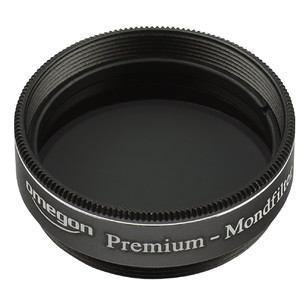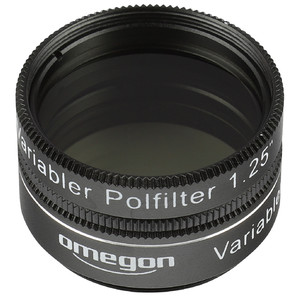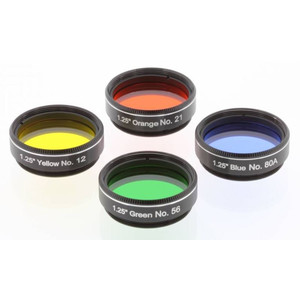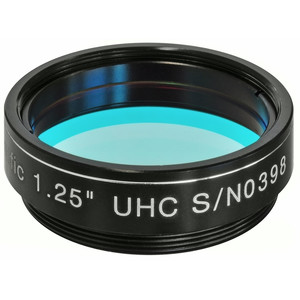Filter
> Planet- och kometfilter
> Explore Scientific
> Explore Scientific Filterset Månen och planeterna från 150 mm teleskopöppning 1,25"
Kundernas åsikter
Det finns ingen kundrecension för denna produkt än.Skriv din egen recension
Har du särskilda frågor om din beställning eller din produkt? Vänd dig då till vår kundservice!
Kunder som har köpt denna artikel köpte även...

$ 19,90
Omegon Premium-månfilter 1,25”

$ 39,90
Omegon Variabelt polariserande filter 1,25”

$ 39,90
Omegon Nebulosafilter/filter för stadsljus 1,25"

$ 25,90
Explore Scientific Filterset Månen och planeterna från 100 mm teleskopöppning 1,25"

$ 86,00
Explore Scientific Filter UHC 1,25"

$ 64,00
Oklop Transportväska för Newton 150/750
